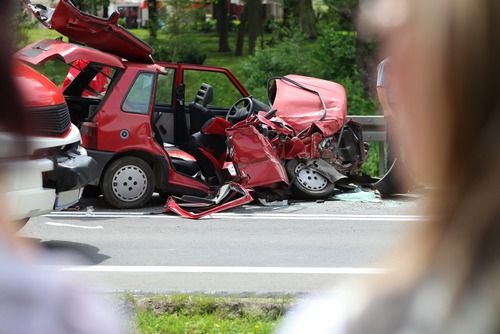Nursing Home Fall Accidents
Nursing home falls involving the elderly are a serious problem that bring some serious and eye-opening statistics with them as they occur. So why do falls tend to occur more in a nursing home setting? People in nursing homes are typically frailer than other adults living within a community and falling, on top of that, can be a sign of other health problems, which many people in these settings happen to sustain. The elderly may have more chronic conditions and more difficulty just walking in general. The astounding fact of the matter is that approximately 1,800 older adults living in nursing homes die each year from fall-related injuries.
At a retirement community in San Francisco known as The Sequoias, management decided upon a policy where residents were required to have their walkers valet parked once they reached a table for meal time. This would eliminate the extra trips that could lead to resident falls, as they would then remain seated while staff served the meal. Though, this didn’t last very long as a woman sued against the policy, stating that it infringed upon their freedom of movement. Even so, communities like this are required to enforce safety regulations as a means to keep the elderly safe.
In what cases could a nursing home be held negligent for a fall accident?
Prevention is key when it comes to nursing home falls, and most often times fall prevention programs are put in place to avoid these accidents from happening. In what cases would a nursing home be responsible and possibly held negligent for a fall?
- Dim lighting placed in the nursing home, making it difficult for patients to see well enough to navigate
- Wet or slippery floors that can increase the chance of a fall in elderly with preexisting mobility and balance problems
- Lack of items like beds, chairs, and mobility devices being accessible to patients
- Bathrooms without seats, handles, and sometimes no-slip flooring
- Other issues that insinuate an unsafe environment for elderly
Nursing homes have to take special precautions to assure that their patients will receive the utmost quality, attention, and care at their facility. They must take the time to assess each new patient upon their arrival because each person may have a potential for falling risks and will benefit from modifications within their environment to enable safer mobility. A high degree of education must be enacted for employees to understand home falling prevention. Along with that, the staff should know of any nursing home patients who have a high risk of falling and make sure that mobility devices are well-maintained and available at all times.
So, do a loved one or I have a case?
Legal issues surrounding slip-and-fall injuries in nursing homes can be quite complicated, as the facts of each case will vary. However, at MDL, we are willing to work with each client to get them the compensation they deserve.
Staying alert in a possible negligence case at a nursing home community is essential for a case. A loved one should always be attentive to bruises that may have stemmed from a fall injury and it is 100% okay to be suspicious and check with a supervisor if you believe it has occurred. A fall should always be noted in the resident’s chart and under federal laws, a copy of that chart must be provided to the relative. A nursing home could surely be at fault if they have failed to pay attention to the needs of the resident, fell short on staff, or if the staff was not properly trained in prevention. Protecting your loved ones is their duty and you are entitled to rights.

















